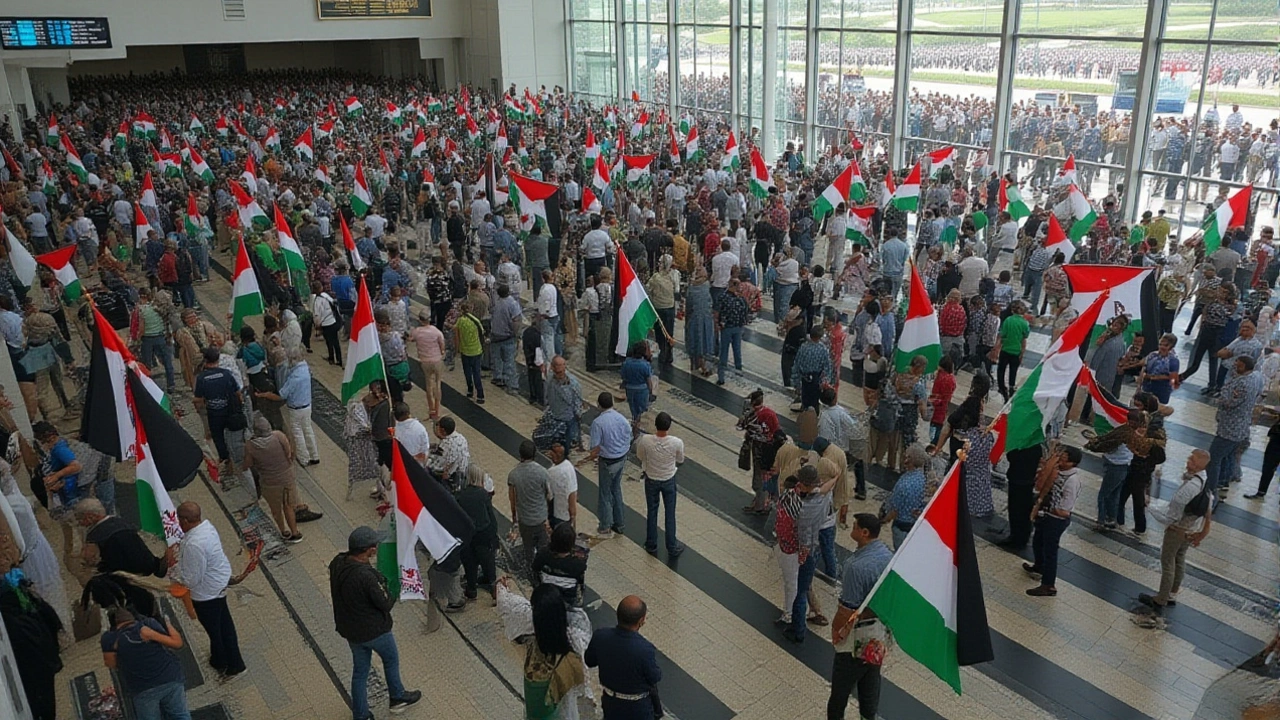Forced Displacement: What It Is and How It's Shaping Africa
When people are pushed out of their homes by violence, climate disasters, or government actions, that’s forced displacement, the involuntary movement of people from their homes due to conflict, persecution, or environmental collapse. Also known as involuntary migration, it’s not just a statistic—it’s a daily reality for families across Africa who lose everything in hours. Unlike voluntary moves for work or education, forced displacement leaves no choice. You don’t pack a suitcase. You grab a child, a blanket, and run.
This isn’t just happening in far-off war zones. In the Sahel, armed groups are burning villages and forcing farmers to flee. In the Horn of Africa, drought has turned farmland to dust, pushing entire communities toward overcrowded camps. In the Democratic Republic of Congo, decades of conflict have made it one of the world’s largest internal displacement crises. And in South Africa, xenophobic attacks have sent thousands fleeing their neighborhoods overnight. These aren’t isolated events—they’re connected by the same root causes: weak governance, climate stress, and broken systems that fail the most vulnerable.
When people are displaced, they don’t just lose their homes. They lose access to schools, clinics, jobs, and sometimes even their names. Children miss years of education. Women face higher risks of violence. Men can’t find work. And governments often treat them as problems, not people. But behind every number in a UN report is a real person—like the mother in Nigeria who walked 80 kilometers with her three kids after her village was burned, or the fisherfolk in Mozambique who lost their boats to cyclones and now live in tents with no clean water.
What you’ll find in this collection isn’t just news about displacement. It’s the human side of it—the stories behind the headlines, the policies that make things worse, and the quiet acts of resistance and resilience that don’t make global headlines but keep people alive. From corruption scandals that starve aid programs to grassroots groups feeding displaced families, these stories show how forced displacement isn’t just a crisis—it’s a mirror reflecting deeper failures in how power works across Africa.

